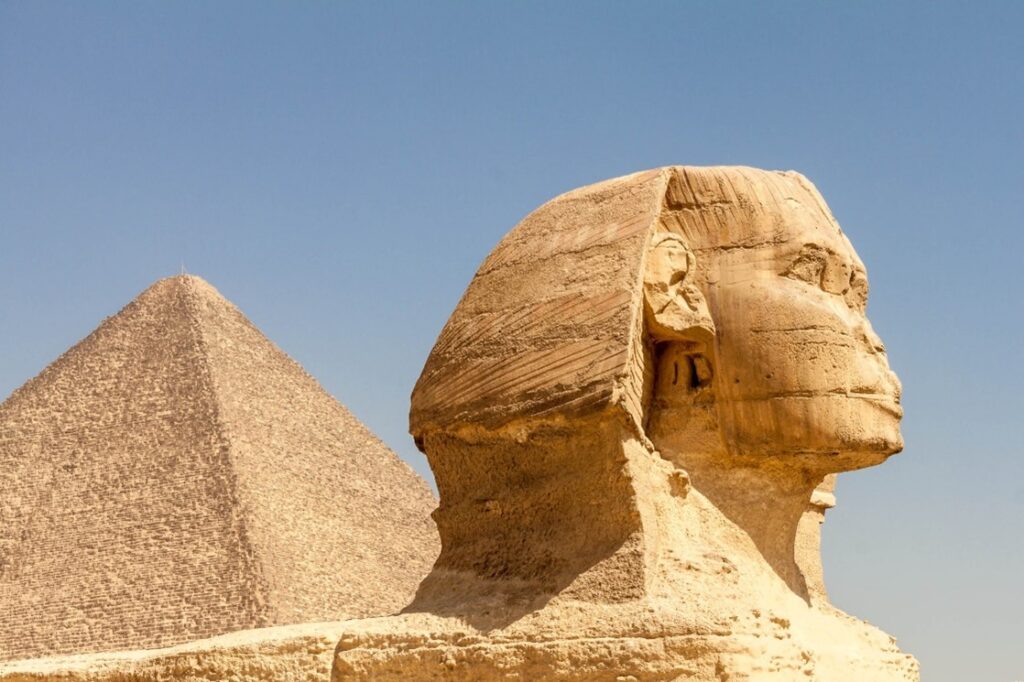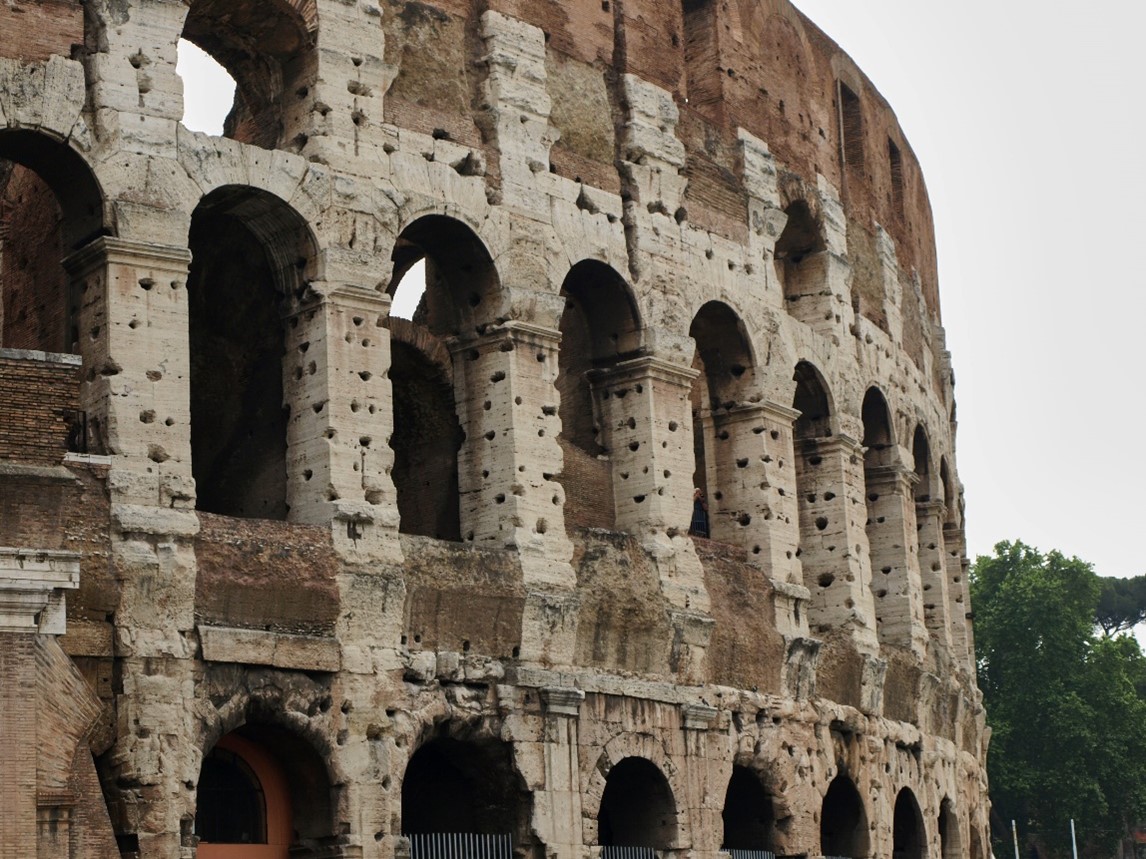The world is speckled with sites that display the essence of past civilizations in the cracks on their walls, the destruction around them, and the masterfully preserved decorations. While homebodies may balk at the idea of traveling to far off lands, adventurers who would hop in a time machine (if there was such a thing) can catapult themselves to the past by visiting some of the many landmarks that shaped the world.
From Angkor Wat to the Taj Mahal to Mogao Grottoes to the Colosseum, Tyler Coia discusses the unforgotten stories are seeping from these places, waiting to be heard. And experts encourage travelers to do exactly that.
The Colosseum in Rome, Italy
The Colosseum, nestled in the gorgeous city of Rome, Italy, is the world’s biggest amphitheater, famous for public spectacles and gladiator fights.
Its iconic facade was built in 80 AD, standing as a testament to one of the Roman Empire’s greatest feats of engineering. However, that isn’t why it’s so revered:
The gladiator contests and other events that took place inside the grandiose walls are behind its continued notoriety. Many consider the imposing (but no less beautiful) structure signifies the power and grandeur the Roman Empire possessed.
The Taj Mahal in Agra, India
Built by Mughal emperor Shah Jahan in honor of his late wife Mumtaz Mahal, the Taj Mahal is the epitome of lavishness with its white marble structure. It is well-known for iconography and its delightfully intricate carvings containing floral patterns.
The undeniably exquisite design was influenced by Islamic, Persian, and Indian styles. As such, it has become the example of Indo-Islamic architecture.
The Angkor Wat in Siem Reap, Cambodia
Sticking with the temple theme, Angkor Wat is a must-see for wanderlust-feelers who want to tap into the rich backstory of Cambodia. This complex dates all the way back to the 12th century, making a name for itself as one of the biggest religious monuments on the planet.
Built in honor of Vishnu and deep-rooted in the Cambodian identity, Angkor Wat serves as both the religious and political capital, portraying Buddhist and Hindu influences through stunning architectural touches and bas-reliefs.
The Alhambra in Granada, Spain
Time appears to have stood still at the Alhambra, where the geometric patterns, exceptional tilework, magnificent stuccos, expansive gardens, and tranquil courtyards have been artfully preserved since the 13th century.
Today, the fortress estate is a UNESCO World Heritage Site, proudly showcasing the rich cultural heritage in the country. Holding both the art of the Nasrid Dynasty (which fell to Isabel of Castille and King Ferdinand during the Spanish Inquisition) and the architecture from Islamic backgrounds, those who travel here can’t help but soak up the unforgotten stories.
The Ajanta Caves in Ajanta Village, West India
Now cared for by the Archaeological Survey of India, the Ajanta Caves are protected assets, containing 32 Buddhist caves a short distance outside Ajanta Village’s borders.
Marked as a UNESCO World Heritage Site since 1983, paintings align the cavern walls that tell stories of the long-passed people of the region. The paintings are still vibrant with their original colors, and the exterior walls are covered with meticulously crafted sculptures.

The Great Sphinx of Giza in Al Giza Desert, Egypt
Sitting as if time doesn’t exist near Cairo is perhaps the world’s most prestigious sculpture — the Great Sphinx of Giza.
Built during the Fourth Dynasty of the Old Kingdom in 2,500 BC, the motive for the Sphinx’s construction is woefully unknown. However, several archaeologists and historians believe they were made to protect essential places. It’s partly because of this mystery that the Sphinx remains an iconic historical landmark.
The Mogao Grottoes in Dunhuang, China
Otherwise known as the Caves of the Thousand Buddhas, Mogao is a Buddhist art treasure trove.
Aligning the walls of the 500,000+ square feet caverns are extensive murals showing Buddha stories, portraits of benefactors, Buddhist sutras, and scenes of life. Everything from the economy to the social culture at the time is displayed, ensuring the tales live on for centuries to come.
Travel. Because there are some places that pictures alone cannot do justice.
